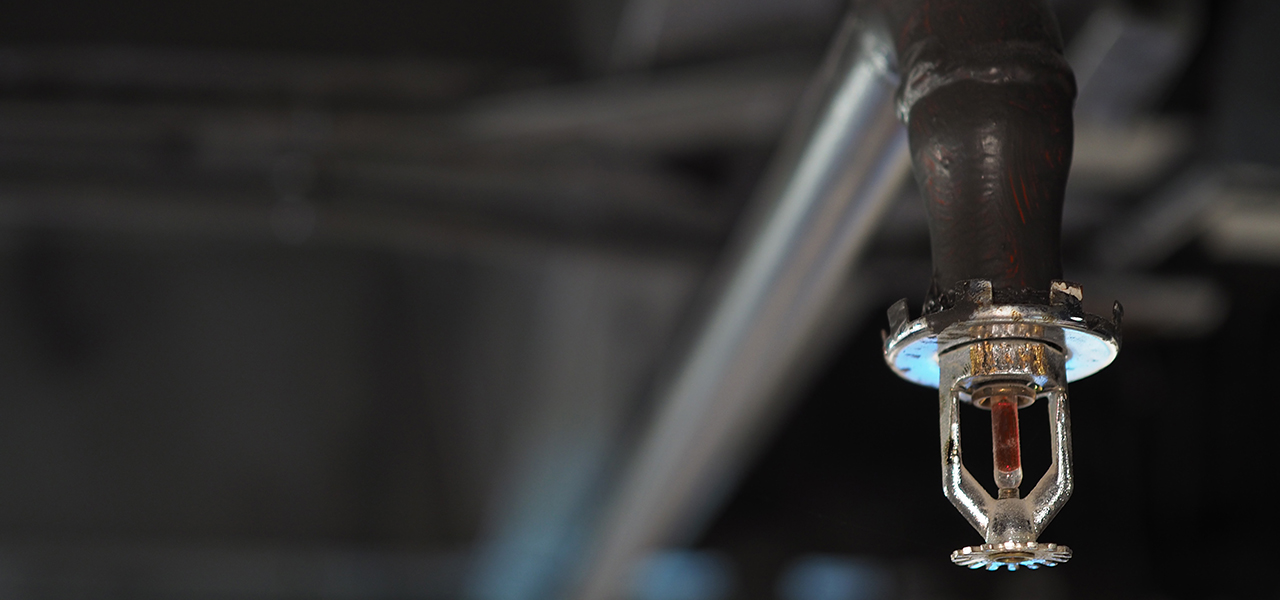Every year South African businesses lose millions of Rands in damages as a result of fire. As one of the largest contributing factors to financial loss for businesses, commercial fires not only threaten lives but also severely impact operations, with many affected business never being able to fully recover from the damages and devastating knock-on effects of fire.
Understanding the major causes of commercial fires and the associated risks is the first step towards mitigating a potential disaster. It is essential for business owners to consider a comprehensive fire safety management strategy that assesses and addresses every potential risk scenario.
Backed by years of experience and implementation of successful commercial fire risk solutions, insurance providers and intermediaries are ideally positioned to assist business owners to help optimise commercial fire management strategies to reduce the risk of damage as a result of fire.
According to Santam, South Africa’s leading general insurance provider that currently insures 85% of Top 100 JSE-listed businesses, an automatic fire sprinkler system is fast becoming an essential first line of defence for many businesses based on its proven capabilities to significantly reduce the potential damage caused by fires.
What is an automatic fire sprinkler system?
An automatic fire sprinkler system is a pressurised water supply and distribution system developed according to specific fire design codes and standards. These systems are typically found in warehouses, manufacturing plants, hotels as well as large office buildings and residential properties.
The main components of a fire sprinkler system comprise water supply pipework and a network of sprinkler heads that activate in the event of a fire, releasing water from the system to extinguish the fire below.
Water supplies can be in the form of a public or municipal water supply for small installations, or from independent water tanks and dedicated fire pumps for larger installations.
Advantages of fire sprinkler systems
Considered as one of the most reliable and cost-effective fire control methods, fire sprinkler systems are generally easily installed and maintained.
Provided that systems are professionally fitted and that all key components are fully functioning and serviced regularly, fire sprinkler systems hold a number of benefits to business owners:
- Fire sprinkler systems are designed to react promptly and automatically in the event of a fire, irrespective of the time of day, without the need for human intervention or having to navigate safety considerations.
- Sprinkler systems are fitted with water flow alarms which will alert occupants as well as offsite monitoring services of a developing fire.
- Sprinklers are designed to extinguish fire at inception which results in significantly less heat and smoke being generated.
- A well-designed system will ensure prompt control of the spread of fire to minimise and localise fire and water damage to property.
- Occupants and fire fighters are exposed to much less danger if the fire is controlled by a sprinkler system.
- A fire controlled by sprinkler systems generally results in less damage to property which translates into reduced insurance premiums for those businesses fitted with sprinkler systems.
- Sprinkler systems use significantly less fire water than hydrants, hydraulic hose reels or general fire services, making it a much more cost-effective and sustainable fire control solution.
Regulations guiding the use of Fire Sprinkler Systems
In terms of Section 17 of the South African Building Act, the National Building Regulations and Directives provide “for the requirements with which buildings shall comply in so far as precautionary measures against fires or other emergencies are concerned, including the resistance of buildings against the outbreak and spreading of fires, the protection of the occupants or users of buildings or other persons against fires, the aids or other installations to be in buildings for the combating or prevention of fires and for the vacating of such buildings in cases of fires or other emergencies”.
To comply with the above legislation, it has become global best practice to install passive fire protection, such as smoke detectors in buildings and automatic sprinklers in structures with a high fire load or where such buildings or structures house high-risk exposures. These systems are designed and installed in accordance with proven standards, codes and rules that are based on actual fire tests.
In South Africa the minimum legal requirement for sprinklers are prescribed by and contained in:
- The National Building Regulations and Building Standards Act No. 103 of 1977
- Code of Practice for the Application of the National Building Regulations Part T of SANS 10400
- SABS 0287 – Automatic Sprinkler installation for firefighting purposes
Review commercial policies annually to ensure protocols are in place
Santam encourages business owners and their intermediaries to proactively review their commercial insurance policies on an annual basis and to update these where necessary. This will ensure a thorough understanding of the complete scope of cover in the event of a fire or any adverse event that could lead to severe loss, damage or extended business interruption.
For more details on Santam’s commercial insurance solutions, speak to your intermediary, or visit our blog for advice specifically tailored to your business.
